
The Haudenosaunee proudly retain their culture and identity today. That’s true whether they live on reservations or in other parts of New York State, Ontario (Canada) or elsewhere. Mike Tarbell (ABOVE) is a member of the Turtle Clan of the Mohawk people. He’s a cultural interpreter at the Iroquois Indian Museum at Howes Cave, New York. He also teaches Iroquois history and Native American studies at the State University of New York (SUNY) at Cobleskill. Tarbell talked with COBBLESTONE about his work and the Haudenosaunee people today.
HOW WOULD YOU DESCRIBE YOUR JOB AS A CULTURAL INTERPRETER?
I’m a messenger. I’m an ambassador also for my ancestors to this contemporary moment. I’m carrying the message of the culture and trying to correct some of the misunderstandings that people have had for many, many years about the Iroquois people and their culture. In this way sometimes I get to correct history just a little bit. And when visitors ask questions, I can give them a better understanding about the Haudenosaunee people and the contributions they’ve made to modern American culture.
WHAT’S AN EXAMPLE?
One is [the U.S.] governmental system [with representatives in Congress]. Right here in upstate New York is the oldest participatory democracy. And that is the Iroquois Confederacy. It still is functioning in the world today. The United States also uses some of the confederacy’s symbols, such as the eagle on the dollar bill.
HOW DOES THE SYSTEM FUNCTION IN THE CONFEDERACY TODAY, STARTING WITH YOUR OWN CLAN?
この記事は Cobblestone American History Magazine for Kids の November/December 2019 版に掲載されています。
7 日間の Magzter GOLD 無料トライアルを開始して、何千もの厳選されたプレミアム ストーリー、9,000 以上の雑誌や新聞にアクセスしてください。
すでに購読者です ? サインイン
この記事は Cobblestone American History Magazine for Kids の November/December 2019 版に掲載されています。
7 日間の Magzter GOLD 無料トライアルを開始して、何千もの厳選されたプレミアム ストーリー、9,000 以上の雑誌や新聞にアクセスしてください。
すでに購読者です? サインイン
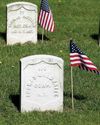
Putting the Pieces Together
Americans needed to begin to put the past behind them, come together, and plan for the future in the spring of 1865. But Abraham Lincoln, the man best equipped to lead them and who had hoped to restore the country as smoothly and peacefully as possible, had been assassinated.
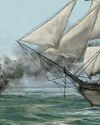
LAST SHOTS
The last Confederate forces in the Civil War didn’t surrender in the spring of 1865 or on a battlefield.
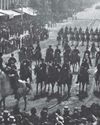
AND IN OTHER 1865 NEWS
A group of African Americans stop at the White House’s annual public reception on January 1, where they shake hands with President Abraham Lincoln.
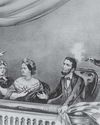
A Plot to Kill President the
For several months, actor John Wilkes Booth’s band of conspirators had plotted to capture President Abraham Lincoln and hold him hostage in exchange for Confederate prisoners.
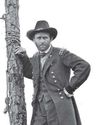
Let the Thing Be Pressed
In June 1864, Union Lieutenant General Ulysses S. Grant began a nearly 10-month campaign in Virginia.
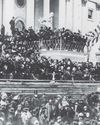
HEALING THE NATION
President Abraham Lincoln took the oath of office for the second time on March 4, 1865.

A Helping Hand
The spring season is hard in any agricultural society. Plants and animals are too small to eat.
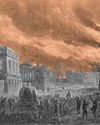
WAR SHERMAN-STYLE
As far as Union Major General William T. Sherman was concerned, the Civil War had gone on long enough.
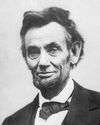
PEACE TALKS
The fall of Fort Fisher made clear that the Confederacy’s days were numbered. Southerners were tired and hungry.
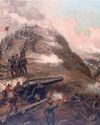
FORT FISHER'S FALL
Outnumbered Confederate soldiers inside Fort Fisher were unable to withstand the approach of Union troops by land and the constant Union naval bombardment from the sea.